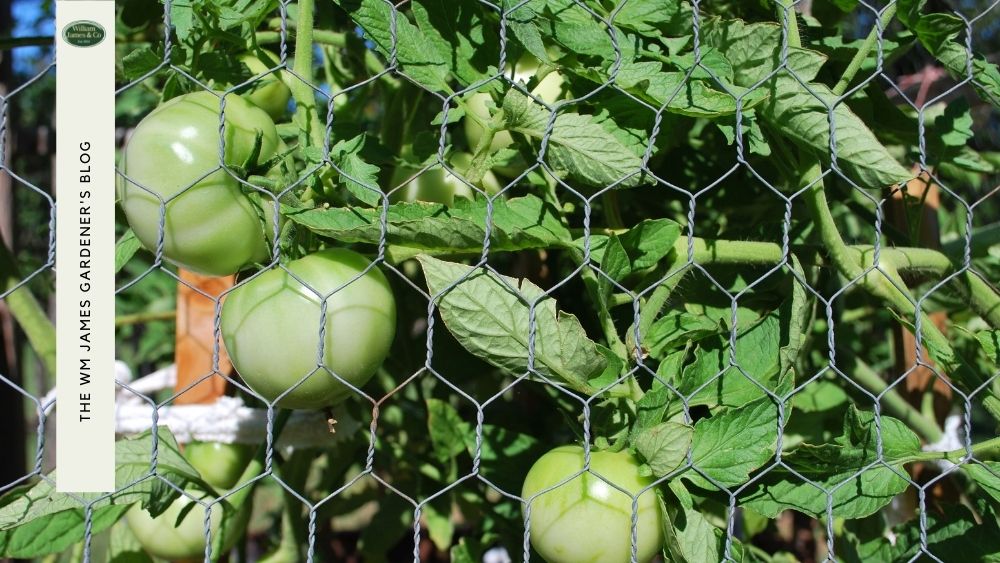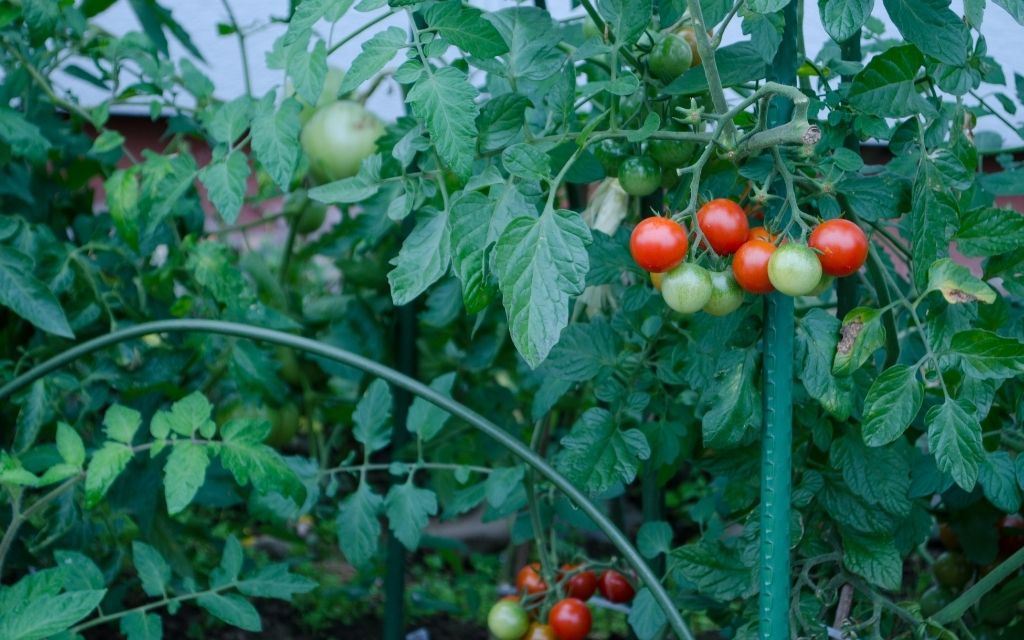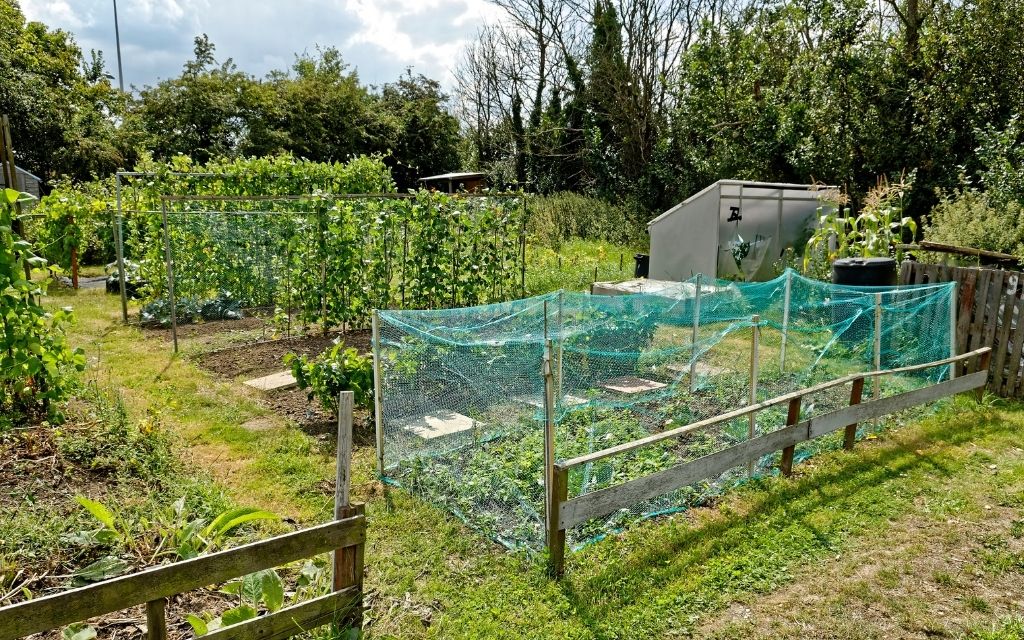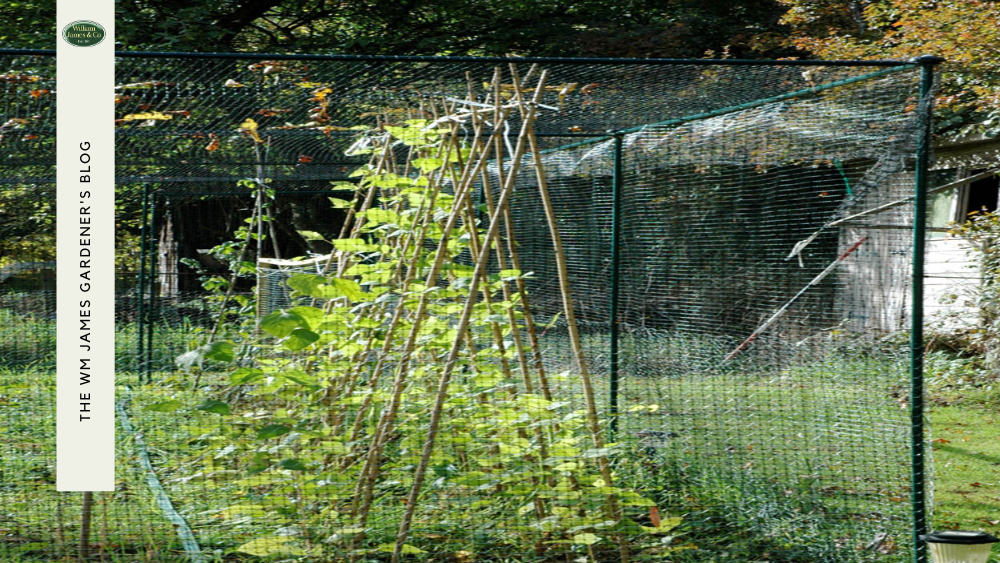We use cookies to make your experience better. To comply with the new e-Privacy directive, we need to ask for your consent to set the cookies. Learn more.
Pop Up Fruit Cages That Your Garden Will Love
- Admin
- WM James Gardening Blog
- 18 May 2022
-
7views

If you love fresh fruits and vegetables, then you need a pop-up fruit cage in your garden!
These handy little cages will protect your precious fruits and veggies from hungry critters while still allowing them to get the sun and rain they need.
There are many different styles of pop-up fruit cages available at William James, so you’re sure to find one that fits your garden perfectly.
From classic steel low vegetable cages to premium aluminium walk-in fruit cages, we’re renowned for quality, long-lasting and competitively priced fruit and veg cages.
Whether you grow salad crops, such as cucumbers and lettuce, or soft fruits, such as strawberries and raspberries, we will have something to suit you.
Not only do our fruit cages protect your produce from bugs and insects, but birds and animals, such as squirrels, foxes, and rabbits, will also be kept at bay!
Our easy access fruit cages come in a range of sizes, so you can choose one that will fit your garden or allotment perfectly.
So don’t delay. Head to our online store today and pick up your own pop-up fruit cage!
Why Do I Need A Pop Up Fruit Cage?
The main reason that you’ll need a pop up fruit cage is to easily and quickly protect your plants from pests. These pests may try to eat your crops directly, or they’ll simply damage them by digging.
A fruit cage will act as a barrier around these crops, keeping most harmful pests away from the crops that you’ve spent so much time caring for.

Where Can Pop Up Fruit Cages Be Used?
Most fruit cages can be customised to suit your garden space, yet most tend to be fairly large so that they can encompass a crop plot. There are smaller options if needed, but these usually come in the form of insect and butterfly netting, which can work to deter larger pests too.
A fruit cage can be used anywhere in your garden with enough space and can be extremely beneficial to your plants. Use one where you’ve noticed the presence of pests, especially along commonly travelled routes from fields or other gardens.
Walk-In Fruit Cages
Walk-in fruit cages tend to be the most popular choice for gardeners simply because they provide your garden with protection from birds as well as any animals that may be able to climb the cage, such as rats.
A fence can keep many pests out and away from your crops, but when you have small seedlings and fresh seeds at risk of being eaten by birds, you need some form of cover from above.
Netting For Fruit Cages
As well as deciding on the size and shape of your fruit cages, you’ll also want to think about what will be used as the protective barrier.
There are a number of different netting options available with varying sizes in the mesh. Some can be used to prevent larger creatures from getting in, like deer, whereas some holes are much smaller, stopping almost everything from getting in.
Fruit Cage Accessories
There are plenty of additional accessories you can use to improve the quality of your fruit cage, such as mushroom caps, support struts and footplates, which increase stability.
You can also find many different replacement parts in the event that parts of your cage get damaged. Luckily, being a modular system means that repairs and replacements are much easier to do than for a solid, complete cage.

Self Assembly Fruit Cages
As all gardens are different in both size and shape, it’s important to buy a fruit cage that you can customise and build yourself.
Not only can this allow you to fit your fruit cage into your garden, but it also allows you to reshape the cage, changing it to match new garden designs or to even take it with you easily if you move home.
Choosing The Correct Sized Fruit Cage
When picking your fruit cage, you’ll want to be aware of the overall size you want for your garden. Choosing a classic steel walk-in fruit cage from William James & Co will present you with the option of choosing the length of the cage, whereas certain others will allow you to choose width too.
Ultimately, it depends on the plot you want to cover. Remember that when measuring, you need to allow some extra space around the plot so that the cage fits well over the entire area.
Conclusion
A fruit cage is a fantastic option for keeping your valuable fruits and vegetables safe from pests. There’s nothing more demoralising as a gardener than having the plants you’ve tended to for months getting ravaged by hungry critters, ruining all of your hard work.
Choosing a quality fruit cage will give you peace of mind, and they aren’t an eyesore in your garden either due to their subtle appearance.
FAQs
How Do I Repair A Damaged Fruit Cage?
Most repairs of fruit cages will require new parts, but luckily due to their modularity, this is quite an easy task. You can find a wide selection of spare parts and accessories for your fruit cage on our website.
How To Transport A Fruit Cage?
Due to the modular system, a fruit cage can be disassembled entirely, allowing you to pack it away and transport it easily.
Any Fruit Cage Ideas?
Blackberries, strawberries and raspberries are great options to place inside a fruit cage as they are commonly preyed upon by birds and mammals. Similarly, you could even put some smaller dwarf fruit tree varieties inside too. Just be wary that the height of the cage can restrict growth for taller species.
How To Maintain My Fruit Cage?
The metal frames of a fruit cage can last for years upon years, but your netting may degrade quicker. You can also get wooden frames, but they’ll rot much faster than metal frames can break apart. With metal frames, keep an eye out for rust and remove it when possible using a wire brush and steel wool. You can also use rust proofing sprays to keep it from forming too.













